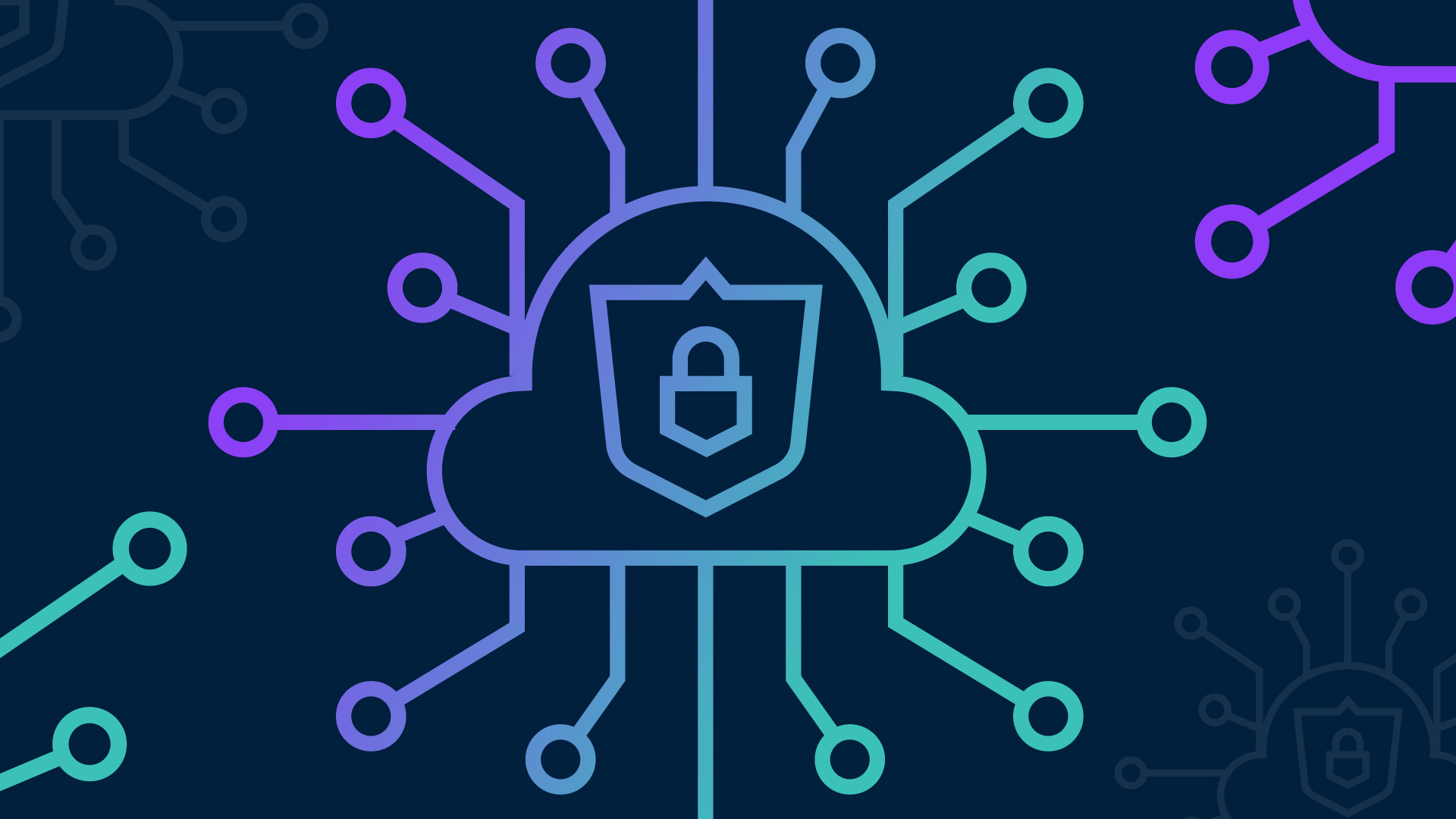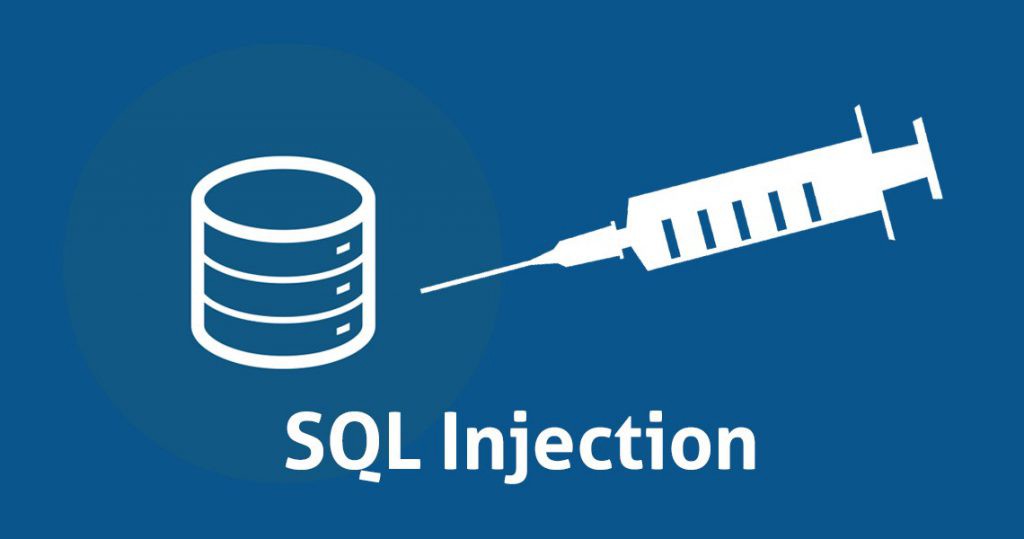
To guard against unauthorized access and potential attacks, securing a web API entails a number of procedures and best practices. A web API can be secured in the following ways:
1 - Authentication:
To confirm the user or client making queries to the API is who they say they are, use a secure authentication technique like OAuth or JWT. This guarantees that the API can only be accessed by authorized users.
2 - Authorization:
To restrict what users may do with the API based on their responsibilities and permissions, utilize role-based access control (RBAC). As a result, users can only access the resources to which they have been granted access.
3 - HTTPS:
Use HTTPS to encrypt all communication between the client and the API. This ensures that any data transmitted between the two is protected from eavesdropping.
4 - Input validation:
Validate all input received by the API to ensure that it is in the correct format and does not contain any malicious code.
5 - Rate limiting:
Implement rate limiting to prevent a potential Denial of Service (DoS) attack by limiting the number of requests that can be made to the API within a specific time period.
6 - Logging and monitoring:
Keep detailed logs of all API requests and responses, including any errors or failed requests. This information can be used to identify and diagnose any issues with the API, as well as to detect and investigate any potential security breaches.
7 - Security testing:
Regularly perform security testing on the API, such as penetration testing and vulnerability scanning, to identify and address any potential vulnerabilities.
8 - Use of API keys:
Use unique API keys for each client to identify and authenticate requests. These keys can be used to track usage and to revoke access if necessary.
9 - Token expiration:
Set expiration time for tokens, so that after a certain period of time, the token will no longer be valid and the user will need to re-authenticate. This helps to prevent token hijacking.
10 - Use of CORS (Cross-Origin Resource Sharing):
Use CORS to restrict access to the API from specific domains, which helps to prevent cross-site scripting (XSS) attacks.
11 - Use of Sandbox or Staging environment:
Use a separate sandbox or staging environment for testing and development, which can be used to test the security of the API before it is deployed to production.
12 - Use of third-party security services:
Use third-party security services, such as Web Application Firewall (WAF) and Distributed Denial of Service (DDoS) protection, to protect the API from a variety of threats.
13 - Regular security updates:
Keep your API and its dependencies up to date with the latest security patches and updates. This helps to address any known vulnerabilities and to protect against new threats as they emerge.
14 - Use of security headers:
Use security headers, such as Content-Security-Policy, X-XSS-Protection and X-Frame-Options, to help prevent various types of attacks such as cross-site scripting (XSS), clickjacking, and injection attacks.
15 - Use of multi-factor authentication:
Use multi-factor authentication (MFA) to provide an additional layer of security for user authentication. This can help to prevent unauthorized access even if a user's credentials are compromised.
16 - Use of security tokens:
Use security tokens for API access, which are cryptographically signed and can be verified for authenticity. This can help prevent replay attacks.
17 - Use of encryption:
Use encryption to protect sensitive data stored in the API, such as user passwords, credit card numbers, and personal information. This can help prevent data breaches and unauthorized access to sensitive information.
18 - Use of threat modeling:
Use threat modeling to identify potential security threats and vulnerabilities in the API, and to develop strategies to mitigate them.
19 - Use of security best practices:
Follow security best practices, such as the OWASP Top 10, to ensure that the API is designed and implemented securely.
20 - Use of incident response plan:
Have an incident response strategy so that you can react promptly to security incidents. This plan should outline procedures for reporting and documenting the incident as well as efforts to contain and minimize it.
Remember that protecting a web API is an ongoing process that necessitates regular inspection and changes. It also calls for a combination of technological and organizational approaches.



